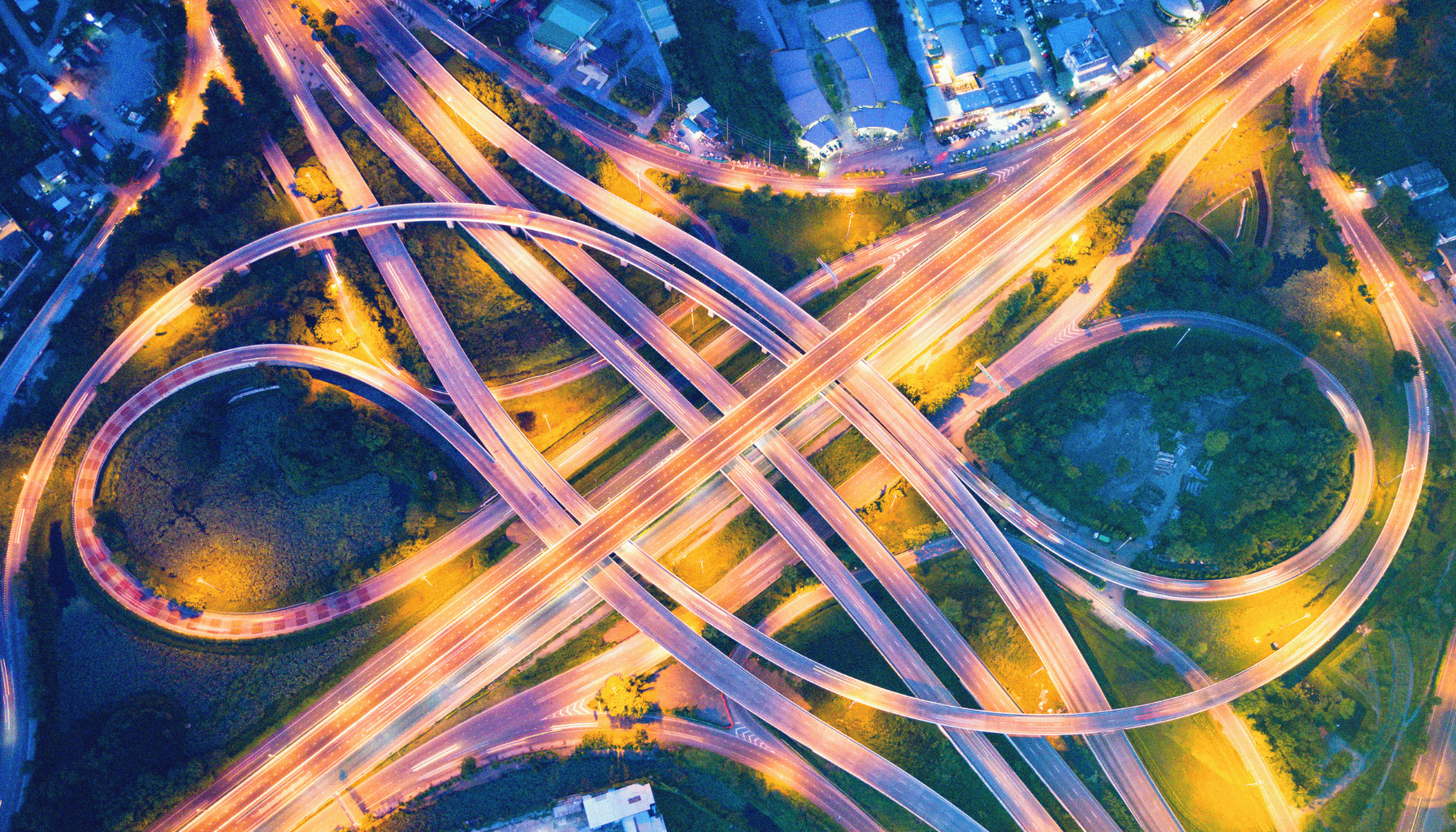
Table of Contents
When the Aisuru botnet unleashed a record-breaking 29.6 terabits per second of attack traffic earlier this month, most of its power came from U.S. networks. Not hostile foreign actors. Not rogue state infrastructure. American ISPs — AT&T, Comcast, Verizon, and others — were the unwilling source of the world’s largest-ever DDoS attack.
That should be a wake-up call. Because when a single botnet can draw most of its strength from our own backyard, it’s no longer an external problem. It’s an internal one.
There’s No Cavalry Coming
I’ve said it before: there’s no cavalry coming over the hill. The scale and speed of today’s distributed denial-of-service attacks have outpaced even the biggest cloud scrubbing providers and mitigation networks. Governments can’t legislate these attacks away. And waiting for someone else to fix it is no longer an option.
The only viable defense now is collective responsibility. Each network operator — every ISP, carrier, and hosting provider — must take ownership of the traffic that originates from their infrastructure. Protecting the internet starts with protecting others from your own network.
ISPs: Both Victims and Contributors
The uncomfortable truth is that many ISPs are suffering collateral damage from attacks fueled by their own customers’ devices. Consumer-grade routers, cameras, and DVRs infected with malware are being weaponized to attack others, flooding the internet with junk traffic that congests their upstream links.
Experts have warned that outbound and cross-bound DDoS traffic can be just as disruptive as inbound attacks. When hundreds of thousands of IoT devices inside your network start blasting terabits of malicious traffic, it doesn’t just hurt the target — it erodes your own service quality. Your customers feel it. Your peers see it. And your brand suffers for it.
Why Outbound Monitoring Matters
For years, ISPs have invested heavily in blocking inbound DDoS attacks. But far fewer monitor what’s leaving their networks. Outbound DDoS detection — or what I like to call egress hygiene — should be as fundamental as inbound filtering.
This isn’t about surveillance or violating privacy. It’s about responsible network management. We already inspect inbound traffic to protect ourselves. It’s time we extend that same care to the traffic we send into the world.
The benefits go beyond altruism:
- Service stability: Reducing outbound attack traffic relieves congestion and improves customer experience.
- Brand trust: ISPs that proactively suppress malicious traffic show leadership in network integrity.
- Operational resilience: Cleaner outbound traffic means fewer mitigation emergencies and lower upstream costs.
The Barriers and the Excuses
So why hasn’t this become common practice? Because it’s hard. Because there’s no direct revenue line for “outbound DDoS suppression.” Because some worry about crossing privacy lines.
But those arguments don’t hold up anymore. Modern detection systems can identify attack patterns without inspecting personal data. Automation can handle most mitigation in real time. And the cost of doing nothing — lost customers, service degradation, reputational harm — already outweighs the cost of acting.
From Passive Defense to Active Stewardship
We need a mindset shift. Defending against DDoS isn’t just about survival; it’s about stewardship. Every ISP is part of the internet’s shared infrastructure. What leaves your network affects everyone else.
Self-policing outbound traffic isn’t just good practice. It’s a civic duty for the digital age. By monitoring for and blocking DDoS traffic at the source, ISPs can protect not only their peers but their own customers from collateral damage.
Every packet leaving your network is a reflection of your brand — and your responsibility.
Self-Reliance is the New Security Model
The internet’s health depends on self-reliance. We can’t count on external forces to clean up what we allow to proliferate. The Aisuru attacks show us that the greatest threat may not come from outside our borders, but from within our own infrastructure.
There’s no cavalry coming. But if we each take responsibility for our own networks, we won’t need one.


